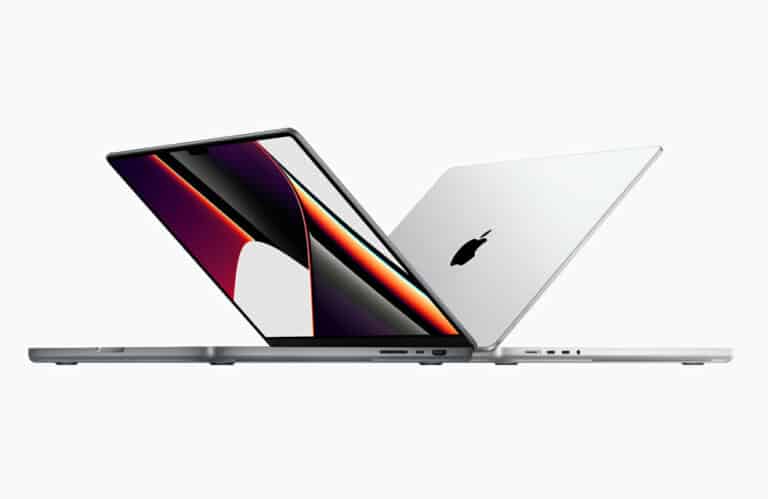Apple chief Bob Borchers recently defended the decision to equip the base model of the 14-inch MacBook Pro with only 8GB of memory. “8GB in a MacBook Pro is probably comparable to 16GB on other systems. We are able to use memory much more efficiently.”
When the new iMac and MacBooks with M3 chips were announced, Apple was already talking about the concept of “dynamic caching.” With this method, applications would use system memory in a much more economical way than before, allowing seemingly disappointing specifications to perform better than expected.
VP Worldwide Product Marketing at Apple Bob Borchers spoke with ML engineer Lin YilYi, who asked him about the decision to equip the base model of the 14-inch MacBook Pro with only 8 GB of memory. Indeed, this memory capacity would not be “Pro”-worthy by now. However, this is unified memory (memory shared by both the CPU and GPU), which, according to Borchers, means that there is no comparison to, say, the Windows alternative. Also, according to him, people need to look “beyond the specs” and judge hardware by its performance.
“Comparing our memory to other system’s memory actually isn’t equivalent because of the fact that we have such an efficient use of memory, and we use memory compression, and we have a unified memory architecture,” Borchers said.
Expensive upgrade
In Europe, the 14-inch MacBook Pro is available starting at 2029 euros, while the version with 16GB on board costs an additional 230 euros. Those desiring 24GB must pay 2489 euros. Upgrades in terms of SSD storage are also pricey: 1TB instead of 512GB also costs 230 euros more, while 2TB can be chosen for an additional 690 euros.
In other words, you’d still like to make the cost savings if 8GB is enough for the applications you use. Apple recommends taking a good look at the Activity Monitor: green means there’s enough RAM available, yellow shows that it’s nearly fully utilized, red means there’s more RAM required. Once a user exceeds this capacity, a device (be it a PC, iMac or smartphone) switches to system storage, increasing latency by a significant margin. Even though SSDs are now a lot faster than the hard drives of the past, the impact on performance that this has, is still easily felt. Those buying a MacBook Pro for professional workloads will therefore soon see this as a nuisance.
Borchers seems to advise users to come test drive a MacBook Pro at an Apple Store, although such a snapshot undoubtedly gives an incomplete picture of practical reality. Ultimately, system memory capacity is also not something that can simply be overcome with technical ingenuity: the same is true, for example, of VRAM (video memory) on a GPU when running AI workloads or heavy graphics applications.
In short: Apple remains firmly behind the choice of 8GB as a minimum, arguing that its own memory capacity is twice as valuable as on a Windows or Linux machine. In any case, customers will not take the decision to pick up more memory or not lightly: because the memory is locked onto the SoC package, a drop-in upgrade is not possible, as The Register rightly notes.
